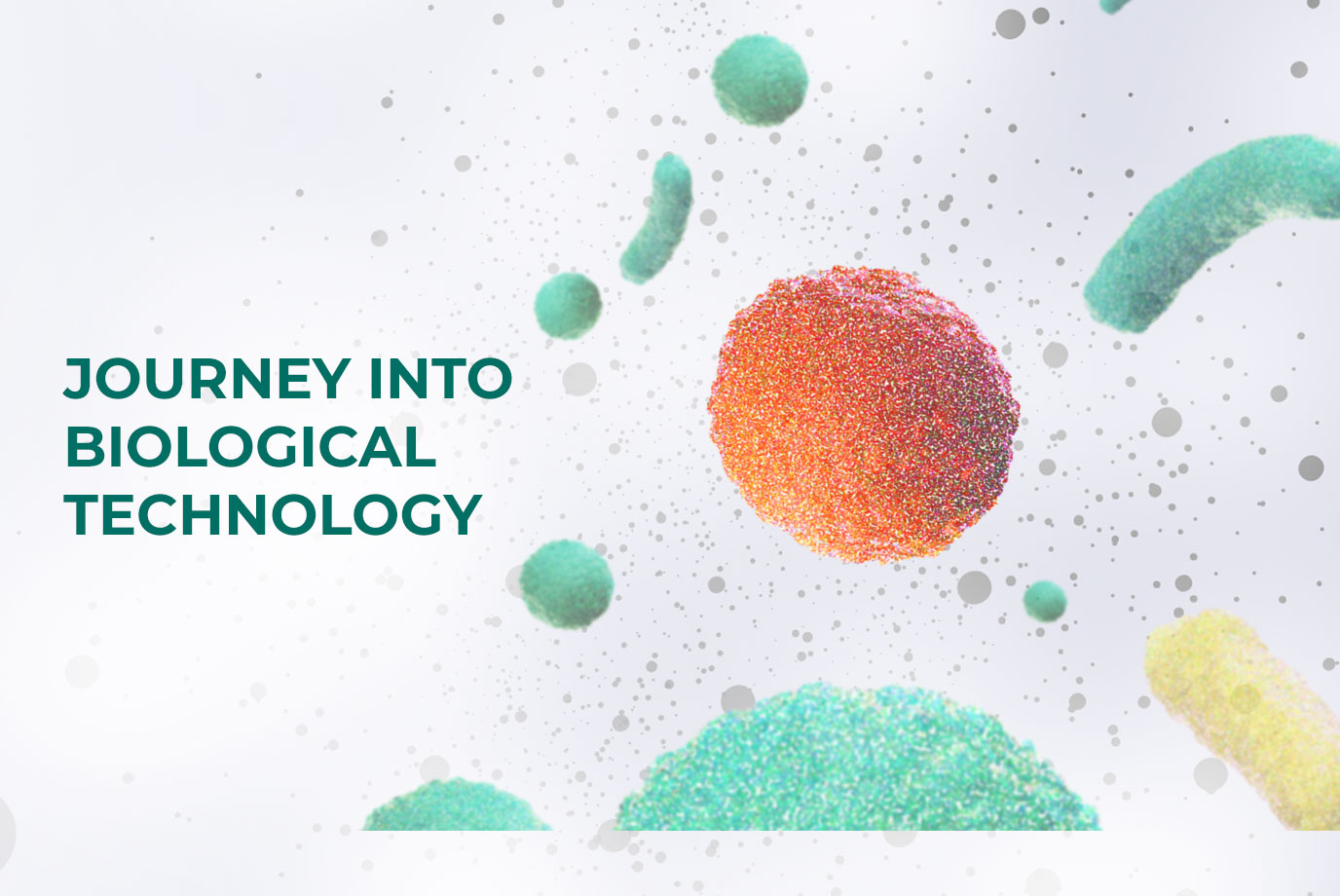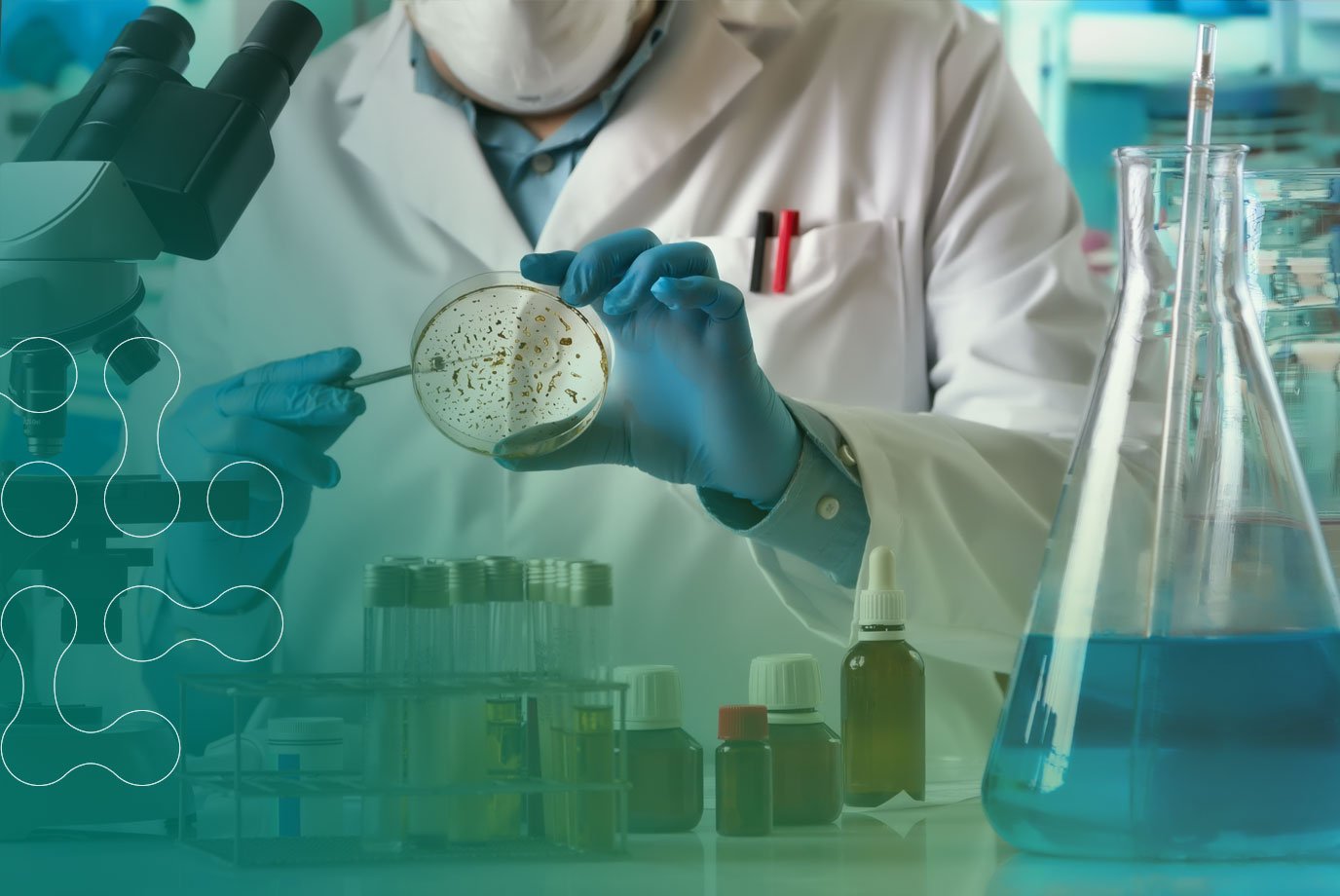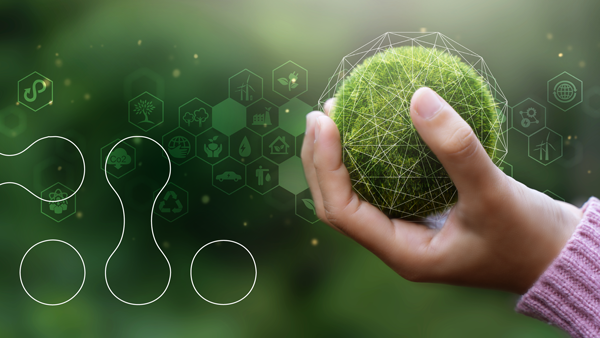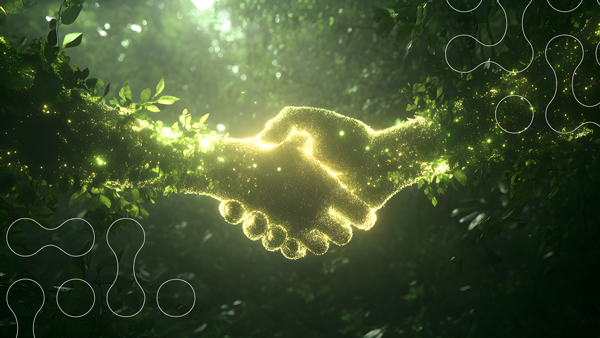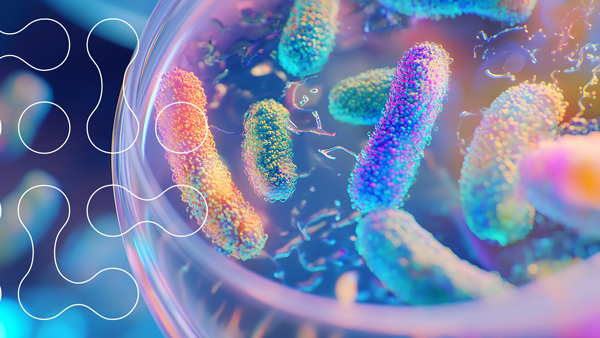It wasn’t too long ago that plastic was seen as the material of the future: hailed as versatile, strong and reliable. When polyethylene (the most common plastic - used to create packaging, bottles and the main cause of pollution) was discovered in 1933, nobody could have imagined the global impact of the plastic bottle.
The issues surrounding plastic bottles – particularly single-use plastic – have intensified massively in just a few years. One likely reason is that, unlike invisible pollutants such as Co2 and methane, plastic pollution is visible to all. It is not unusual to see parks, beaches and other areas of natural beauty besieged with disposed plastic bottles.
Impacting everything from our oceans to our own health - the environmental impact of plastic bottles should not be overlooked!
Raw Materials
It is thought that over 90% of plastics originate from oil, natural gas, and coal – all unrenewable, and damaging to the environment. If no changes are made, the plastic industry will account for 20% of global oil consumption by 2050.
The environmental impact of the fossil fuel industry is well documented, and with more people turning to renewable sources where fossil fuels were once used, organisations such as Client Earth suggest “fossil fuel companies need another industry to take over demand”, with one of those being plastic production.
Oceans
The facts and statistics on the environmental damage of plastic bottles on the world’s oceans are devastating.
According to one source, one million seabirds and 100,000 fish, sea mammals, and turtles die every year due to plastic pollution. Another source, Plastic Oceans, state that one million marine animals are killed by plastic pollution every year. They also suggest that 10 million tonnes of plastic are dumped in our oceans annually – with a huge proportion of this weight being single-use plastic bottles.
Nowhere in the worlds’ oceans is a better example of the sheer volume of plastic pollution than in a specific part of the North Pacific dubbed the Great Pacific Garbage Patch. The area is thought to contain more than 3 million tonnes of plastic waste, covering an area twice the size of Texas. And, because the ‘island’ is floating in international waters, there is no government or organisation to hold directly accountable.
Microplastics and Human Health
Microplastics are small pieces of plastic that measure less than 5mm across. Some microplastics are formed after breaking away from larger plastics that have broken down over time, others are made small intentionally for the purpose of cosmetic goods. For example, microbeads used in toothpastes and face scrubs.
One of the main problems with microplastics is their persistence – they are almost impossible to remove from the various environments they accumulate in. Due to this, they have found microplastics almost everywhere that they have looked for them, including in oceans, on mountains, in the Artic Sea ice, in the air and even on our bodies.
When microplastics are swallowed by fish, they are introduced into the food chain when we eat fish. Microplastics can carry a range of contaminants, which when digested by humans can leach into our bodies. Some microplastics have carcinogenic properties and, although the overall risk to human life isn’t certain, can increase the likeliness of cancers and infertility.
Landfill
One of the main reasons for plastics’ success over the years is its durability – however this is also why is has become such a problem.
Plastic bottles take roughly 450 years to decompose in a landfill site. Across the UK, we use 7.7 billion plastic bottles per year, and it is thought only 45% of these are recycled – meaning 55% of all plastic waste ends up in landfills, or the ocean. Landfills are not infinite and are not a long-term solution to store plastic waste.
Solutions
There are various solutions that both business and individuals can take to help in the battle against plastic pollution.
One of the most effective is the use of recycled materials, rather than virgin plastics. For example, at BioHygiene, we use 100% post-consumer recycled plastic (PCR) to bottle our products. This means all of our bottles are made using material that is recycled and collected locally - there are varying levels of recycled material, from 30%-100%. Using PCR also results in a reduction in Co2e of up to 85% versus virgin plastic. Our technology also allows us to reduce the number of plastic bottles used as it is super concentrated
